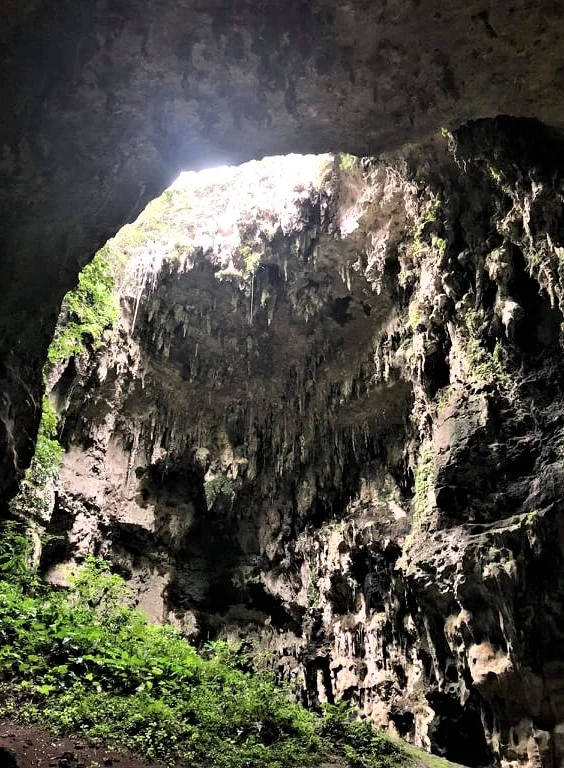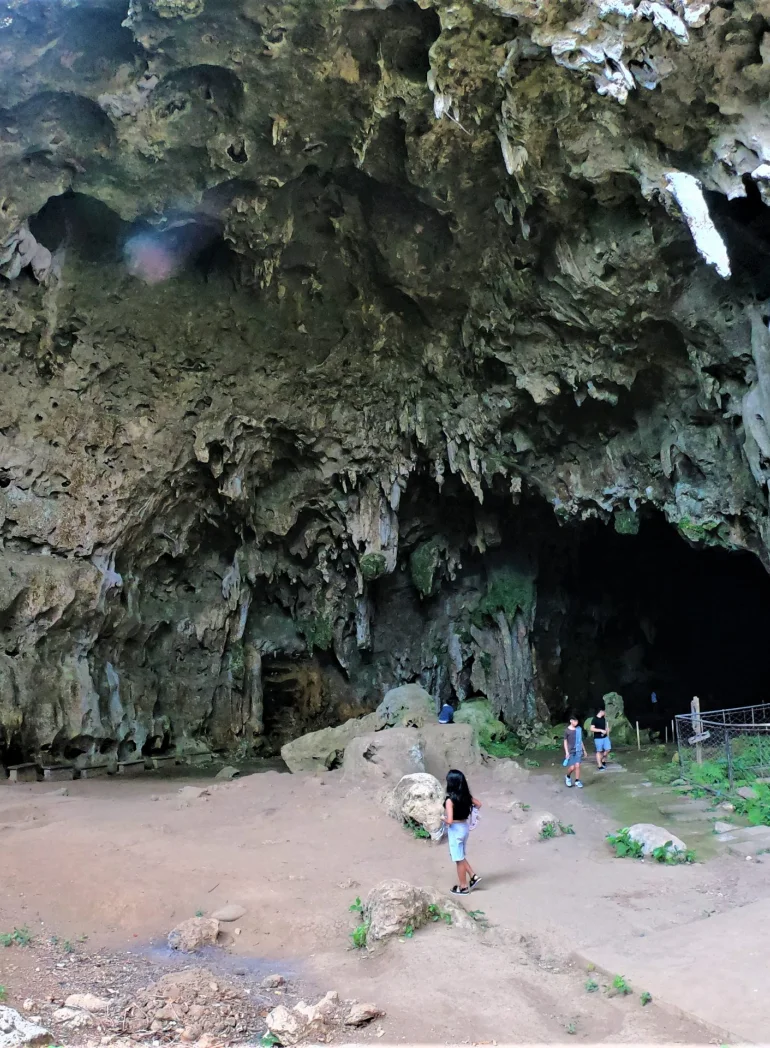NM Cagayan Valley Regional Museum
The National Museum Cagayan Valley started as a satellite office of the National Museum of the Philippines (NMP) in the 1980s, at the height of archaeological excavations in Cagayan Valley and other areas in Region II. Since then, archaeological specimens from around the region were processed, housed and studied by archaeologists and other researchers in this museum office.
The museum is situated near the Callao Caves in Peñablanca, Cagayan. It traces its beginnings to a research field station established in the early 1970s in what was known as the Madrigal Ranch in Rizal, Kalinga and partly within Tuao in Cagayan. Archaeological explorations in the said ranch and the adjacent Espinosa ranch yielded prehistoric faunal fossil remains and stone tools.
More sites around Region II were soon discovered, spurring a host of archaeological excavations in the area. Among these was the Peñablanca Limestone formation, where research started in 1977.
The NMP thereafter constructed its satellite office in the 1980s, serving as storage as well as laboratory for the prehistoric artifacts from the Peñablanca cave sites, the towns of Lallo, Solana and Tuao in Cagayan, and from the provinces of Kalinga and Quirino.
It serves as a laboratory and research station that accommodates students, archaeologists and research collaborators from different universities and institutions from the Philippines and abroad, who undertake archaeological studies.
Given the Cagayan Valley finds’ most significant contributions to our understanding of human origins and biodiversity in the Southeast Asian region and the world, there have been many scholars from the Philippines and abroad who visited the museum.
So far, the most famous of the Cagayan finds include the remains of Homo luzonensis, fossils of ancient mammals such as those of pygmy elephants, rhinoceros and pigs, and of extinct reptiles such as those of tortoises, as well as of the stone tools associated with them, with ages ranging from 60,000 years to over 700,000 years before present.


